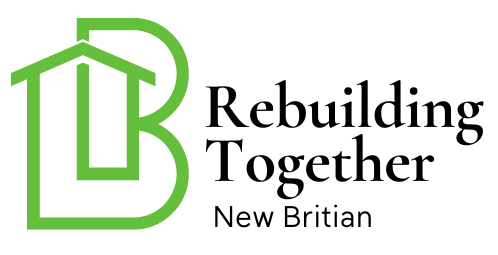Homeowners often find themselves pondering how to clean masonry to restore its beauty and maintain its durability. From brick walls to patios, masonry is a vital element of many homes, offering both structural strength and aesthetic appeal. However, masonry requires proper care to avoid discoloration, mold, or grime buildup over time.
In this detailed guide, we will explore the best ways to maintain and clean masonry surfaces. Youll find terrific tips, time-saving ideas, and approved methods to leave your masonry looking its best. Whether youre dealing with bricks, stone, or concrete, mastering these practices will help preserve the longevity and appearance of your homes masonry.

Understanding Masonry: What Is It?
Before delving into how to clean masonry, it’s crucial to understand what masonry is. Masonry refers to the construction method involving stone, brick, or concrete. These materials are bonded with mortar to create both structural and decorative touches in homes. If you’re curious to learn more about masonry construction, check out this page on what is a masonry house.
Why Cleaning Your Masonry Is Important
- Boosts curb appeal: Clean masonry enhances your homes first impression.
- Extends lifespan: Regular cleaning prevents issues like cracks and erosion.
- Prevents health risks: Removes mold, mildew, and other allergens that can settle in porous materials.
Essential Tools and Supplies for Cleaning Masonry
Cleaning masonry isn’t difficult when you have the right tools. Here’s what you’ll need:
- Stiff-bristle brush
- Bucket and sprays
- Masonry cleaner or a mild detergent
- Garden hose or pressure washer
- Protective gear (gloves, eye protection, and a dust mask)
Step-by-Step Guide: How to Clean Masonry
1. Inspect the Surface Carefully
Before starting, examine your masonry surface for cracks or damage. Cleaning can worsen issues if the surface isnt intact. Artisans working with cracked masonry might find our tutorial on fixing cracks in masonry walls helpful.
2. Prepare the Area
Remove any furniture or decor near the wall or pavement. Cover vulnerable plants or nearby items with a tarp to protect them from overspray.
3. Rinse First
Using a garden hose or pressure washer, rinse the surface to remove loose debris. This preliminary step makes the cleaning process more effective.
4. Choose the Right Cleaning Solution
Use a mild detergent for light stains and dirt. For deeper cleaning, use a masonry-specific cleaning solution. Be sure to test the cleaner on an inconspicuous area first.
5. Scrub the Surface
Apply the cleaner and use a stiff-bristle brush to scrub. Focus on stained or soiled areas, using plenty of elbow grease where needed.
6. Rinse Thoroughly
Once cleaned, rinse the area and ensure no residue is left behind. In some cases, a second rinse might be required.
Dealing with Difficult Stains
Some stains, such as oil or rust, may take extra effort to remove:
- Oil stains: Use a degreaser and absorbent powders, like talcum powder or baking soda.
- Rust stains: Use oxalic acid or a specialized rust remover- but only in small, controlled amounts.
How Often Should You Clean Masonry?
The frequency depends on the location and exposure level of the masonry. Indoor walls might need cleaning once every year, while outdoor surfaces exposed to weather may require maintenance every three to six months.
Common Mistakes to Avoid
- Ignoring cracks before cleaning
- Using harsh chemicals without testing
- Applying excessive water pressure that can erode materials
When to Call a Professional
If your masonry exhibits extensive damage or dirt that doesnt come off despite your best attempts, consider hiring an expert. Industry professionals bring advanced tools and experience to every task, ensuring a job done right.
Learning More About Masonry Cleaning
For additional guidance, check resources like the HomeAdvisor directory. This helpful site provides access to professional masonry contractors who can answer your questions.
Conclusion
Cleaning masonry is more than just a chore; its an investment in the health, value, and beauty of your home. By following the right steps and avoiding common mistakes, you can keep your masonry looking terrific for years to come. Remember to assess damage, use suitable tools, and clean regularly.

FAQ Section
1. Can I use bleach to clean masonry?
While bleach is effective against mold and mildew, it should only be used sparingly, as it can damage masonry over time.
2. Is pressure washing safe for masonry?
Pressure washing is safe when done cautiously. Use moderate pressure to avoid chipping or damaging the material.
3. How do I prevent future stains on masonry?
Applying a sealant every few years prevents water penetration and mold buildup, reducing the likelihood of stains.
For more related insights, see our guide on tools for masonry.
This article contains affiliate links. We may earn a commission at no extra cost to you.

